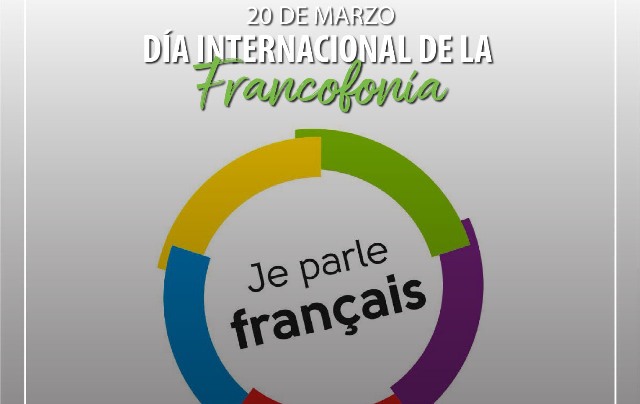El Museo Nacional de Turcas y Caicos en Cockburn Town exhibe lo que se consideran los restos de un naufragio más antiguos del continente americano: una carabela hundida en el Arrecife de Molasses en 1513.

The French-speaking Caribbean has developed, still in the midst of the pandemic using digital platforms, a week to highlight its powerful aspect of diversity, artistic, cultural and gastronomic riches of the French-speaking area in the French overseas islands, as is now customary in March.
All the inhabitants of these countries, plus some 200 million French-speaking
people in the world, have been summoned this March 20th to celebrate the International Day of La Francophonie.
From March 15th to 22nd on the digital stage, short film festivals, cycles of conferences on the French-speaking culture, radio programs, videos, musical pieces, testimonies of French sppeaking women and their resilience, as well as various gastronomy as a reflection of the past, where the culinary influences of France are fused.
It has been an opportunity to strengthen the cultural ties of these islands located in the Caribbean, where Martinique and Guadeloupe are located, along with other smaller ones; Dominica, Saint-Barthélémy and Saint Martin, Grenada, Haiti, French Guiana, which form the so-called French Caribbean.
The forthcoming celebration of the XVIII Summit of the Francophonie in November under the theme "Connectivity in Diversity: Digital Technology as a Vector of Development and Solidarity in the World".
During these days of the day, it was emphasized that gastronomy is a cultural expression, and how in all of these Caribbean islands the French influence survives, especially in the art of preparing the most typical recipes using different sauces, condiments and Creole spices, proper of the flora and fauna of the country with special ways of preparing food.
It is worth remembering that the concept of francophony was born in the time of the independence of African countries between the 1950's and 1960's, based on the ideas of a group of intellectuals such as the Senegalese Léopold Sédar Senghor, the Martinican Aimé Césaire and the Guianese Leon-Gontran Damas.
This term indicated that the countries considered peripheral were claiming their right to be recognized as centers of production and dissemination of culture.

El Museo Nacional de Turcas y Caicos en Cockburn Town exhibe lo que se consideran los restos de un naufragio más antiguos del continente americano: una carabela hundida en el Arrecife de Molasses en 1513.